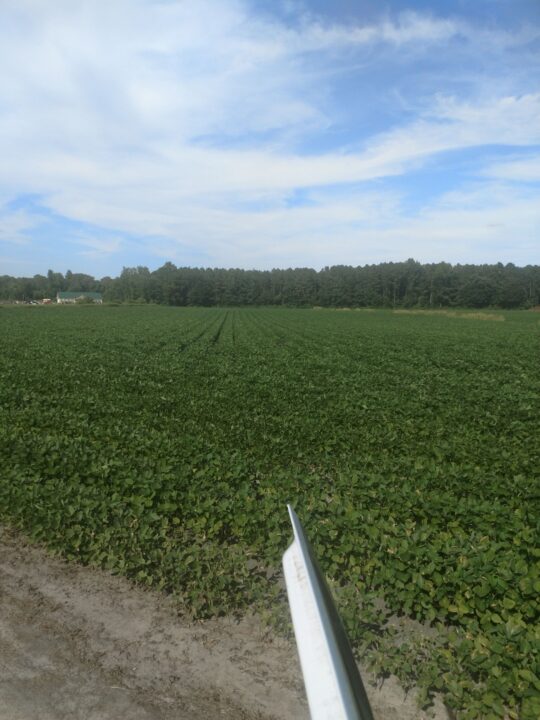How To Evaluate Vine Vigor

If the relative amount of fruit and vegetation is out of balance, impacts are seen in both the quality of the fruit, and potentially, the health of the vine. Vines that are out of balance toward the vegetative side have excessively shaded fruit, which can lead to:
– Reduced Brix, muted varietal flavors, and low anthocyanin content
– Increased malic acid and “green” or “vegetative” characters
– Poor spray coverage and little air movement through the canopy
– Increased canopy management costs.
Vines that are out of balance in the opposite direction (excessive fruit) share some of the same problems:
– Lower Brix and phenolic content
– Increased green or vegetative characters in the fruit
– Reduced winter hardiness.
Evaluating Vine Balance
During the growing season, visual assessments can be made in the vineyard to get a sense of whether vines are in balance. Some of the things to look for include:
– Shoot growth: Normally, shoot growth should slow and come to an end sometime prior to veraison. The presence of many actively growing shoots at or after veraison is a good indication of excess vigor.
– Lateral shoots: Excessive lateral shoot growth results in increased shading of the fruit and interior leaves of the canopy. Lateral growth is promoted when the vine has the capacity to grow more shoots than the number of buds that were retained after winter pruning.
– Long internodes: A general rule of thumb is that internodes should be about 3 to 5 inches in length. Excessively vigorous vines will have internodes significantly longer than that. This is an indication that the vine is putting too much energy into vegetative growth.
– Canopy gaps: An overly vigorous vine will produce a dense canopy that does not allow sunlight to penetrate into the canopy interior. This results in shading of the fruit and interior leaves, which has negative consequences for fruit character.
More empirical assessments of vine vigor can be made both during the growing season and the winter dormant period. A few options include:
– Shoots/foot of row: Measuring the number of shoots per linear foot of canopy allows the grower to make adjustments during the growing season. The ideal numbers are generally in the range of four to six shoots per linear foot of canopy.
– Pruning weight/foot of row: Sampled vines are pruned as usual, and those prunings are then weighed to obtain the pruning weight. Then just divide the weight by the vine spacing. While the target range of values can vary, 0.2 to 0.4 pounds per foot is generally considered a good range.
– Yield/pruning weight ratio: This is considered the best measure of vine balance because it incorporates measurements of both vegetative growth and fruit production — the two things that we are trying to balance. This measurement requires that you collect fruit yield data from each sampled vine in addition to the pruning weight. The yield for each vine is divided by the corresponding pruning weight to obtain the ratio. A range of 5:1 to 10:1 is often suggested for most varieties.
Growers can evaluate vigor levels in their vineyard both during the growing season and during the winter pruning, and based on that evaluation, decide on measures that can be taken to manage that vigor.









